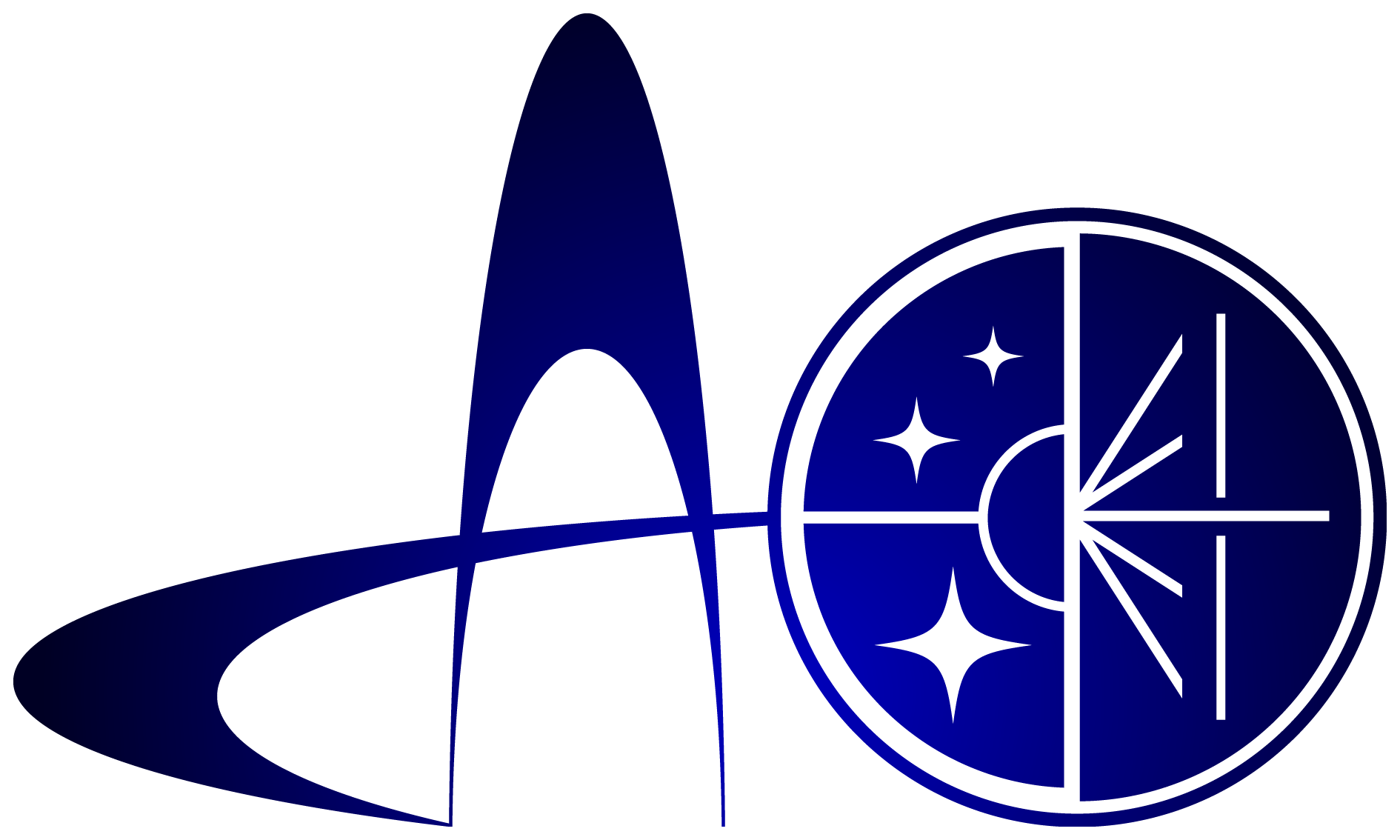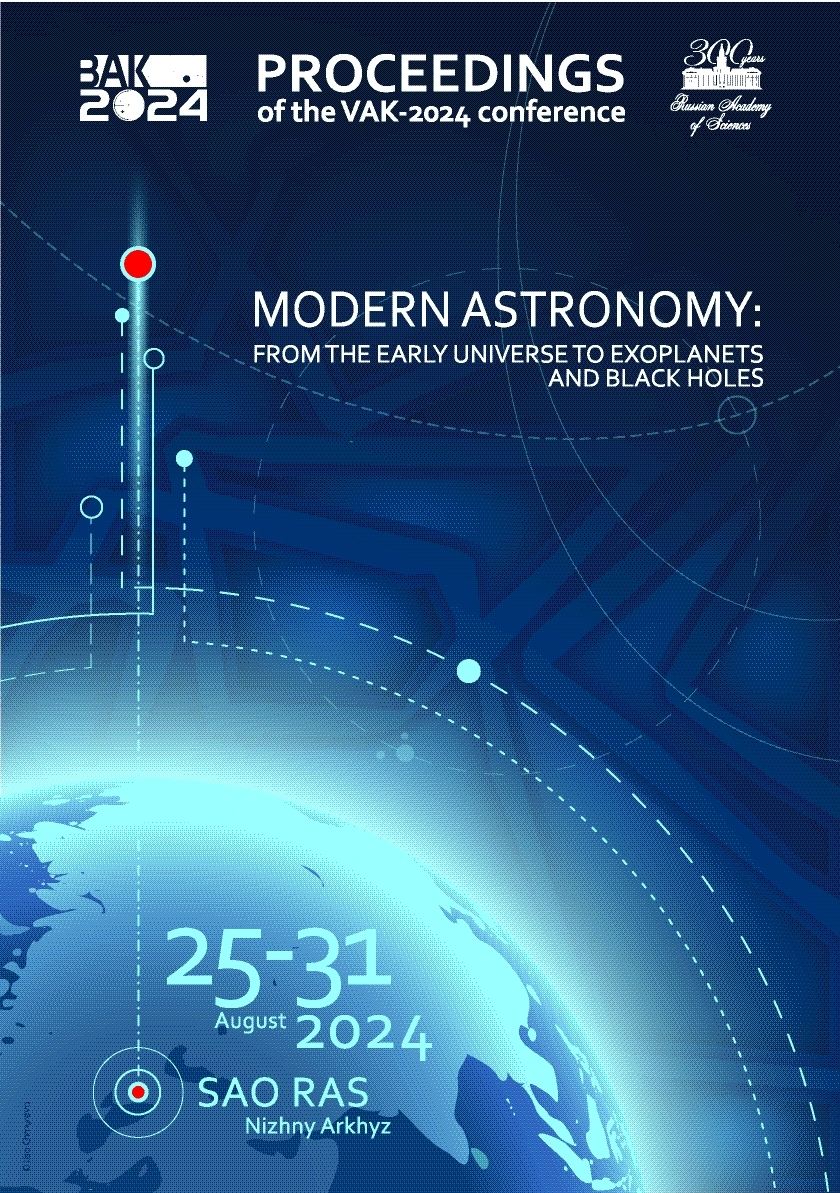UDC 53.088.23
UDC 53.088.6
UDC 52
UDC 53
UDC 520
UDC 521
UDC 523
UDC 524
UDC 52-1
UDC 52-6
CSCSTI 41.00
CSCSTI 29.35
CSCSTI 29.31
CSCSTI 29.33
CSCSTI 29.27
CSCSTI 29.05
Russian Classification of Professions by Education 03.06.01
Russian Classification of Professions by Education 03.05.01
Russian Classification of Professions by Education 03.04.03
Russian Library and Bibliographic Classification 2
Russian Library and Bibliographic Classification 223
Russian Trade and Bibliographic Classification 614
Russian Trade and Bibliographic Classification 6135
BISAC SCI004000 Astronomy
BISAC SCI005000 Physics / Astrophysics
We analyze a systematic effect in the standard coordinate transformation of a gravitational-wave signal from the source to the detector reference frame. It is shown that, despite the mathematically correct application of the canonical Arnowitt–Deser–Misner transform (ADM formalism), the estimated characteristic mass of the source (a binary system of merging black holes) turns out to be affected by a systematic error if the mass estimation is based on the the time derivative of the signal frequency obtained in the detector reference frame, and not in the source reference frame. This systematic error leads to a significant overestimation of distances to gravitational wave sources, which reduces the probability that large ground-based telescopes detect possible electromagnetic afterglows associated with gravitational wave sources.
stars: black holes; gravitational waves; methods: analytical
1. Abbott B.P., Abbott R., Abbott T.D., et al., 2016, Physical Review Letters, 116, id. 061102
2. Abbott B.P., Abbott R., Abbott T.D., et al., 2017, Annalen der Physik, 529, 1-2, id. 1600209
3. Abbott B.P., Abbott R., Abbott T.D., et al., 2019, Physical Review X, 9, id. 031040
4. Abbott B.P., Abbott R., Abbott T.D., et al., 2020a, Astrophysical Journal Letters, 892, L3
5. Abbott R., Abbott T.D., Abraham S., et al., 2020b, Astrophysical Journal Letters, 896, L44
6. Abbott R., Abbott T.D., Abraham S., et al., 2020c, Physical Review D, 102, id. 043015
7. Arnowitt R., Deser S., Misner C.M., 1959, Physical Review, 116, p. 1322
8. Landau L.D. and Lifshitz E.M., 1960, The Course of Theoretical Physics. Volume 2. The Classical Theory of Fields, Fizmatlit, Moscow
9. Nitz A.H., Dent T., Davies G.S., et al., 2020, Astrophysical Journal, 891, 123
10. Peters P.C. and Mathews J., 1963, Physical Review, 131, p. 435.
11. Schafer G., 1985, Annals of Physics, 161, p. 81
12. Schafer G. and Jaranowski P., 2018, Living Reviews in Relativity, 21, id. 7
13. Venumadhav T., Zackay B., Roulet J., et al., 2020, Physical Review D, 101, id. 083030
14. Yershov V.N., Raikov A.A., Popova E.A., 2023, Physica Scripta, 98, 7, id. 070519
15. Zeldovich Ya.B. and Novikov I.D., 1967, Relativistic Astrophysics, Nauka, Moscow, p. 82






